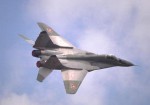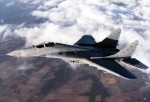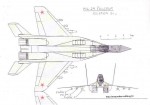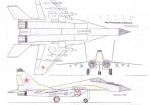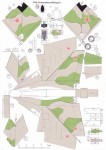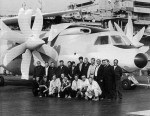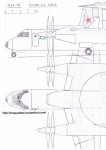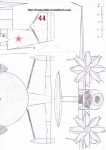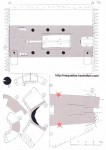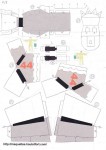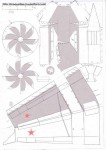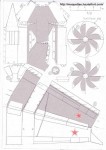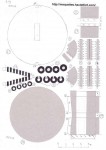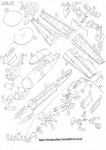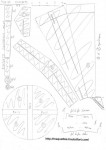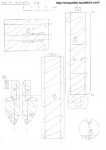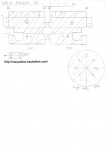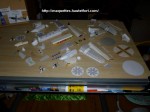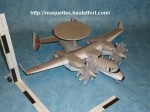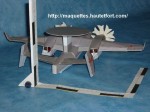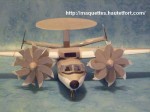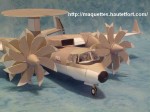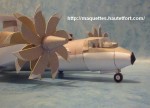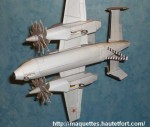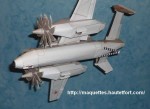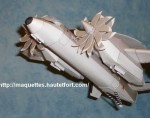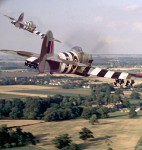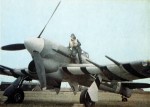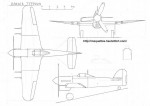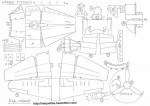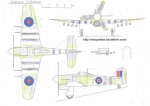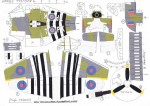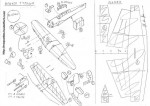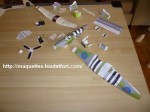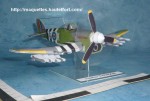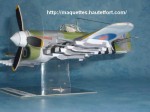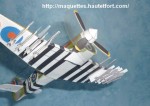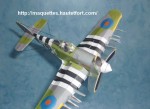Version de base utilisé par l'aviation du front russe avec une avionique sommaire. Cet appareil se caractérise par des capacités de décollage et d'atterrissage courts et a pour mission la suprématie au dessus du champ de bataille. Son armement se compose de :
- 2 AA-8 Aphid d'ancienne génération à courte portée à guidage infrarouge.
- 2 AA-10 Alamo à moyenne portée à guidage infrarouge.
- 2 AA-10 Alamo à moyenne portée à guidage radar.
Cet armement lui permettra de faire face à de nombreuses situations.
Basic version used by the Russian front aviation with a summary avionics. This fighter is characterized by capacities of short takeoff and landing and has for mission the ascendancy above the battlefield. His armament consists of:
- 2 AA-8 Aphid of former short-range generation with infrared guide.
- 2 AA-10 medium-range Alamo with infrared guide.
- 2 AA-10 medium-range Alamo with radar guide.
This armament will allow him to face numerous situations.
Le MiG-29 monoplace se construit avec 2 planches. Vous pouvez construire le numéro 51 rouge ou 47 bleu, la première planche étant commune.
Single-seater MiG-29 builds with 2 boards. You can build the number 51 red or 47 blue, the first board being common.
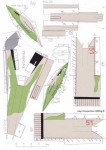 MiG-29 numéro 51 |
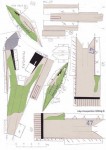 MiG-29 numéro 47 |
Pour exemple de modèle construit, se reporter à la fiche du Mig-29U, toutes les pièces à l'exception du cockpit sont identiques.
For example of constructed model, refer to the index card of Mig-29U, all the parts,exception of the cockpit, are identical.
Pour télécharger le plan 3 vues et le plan de pièces du MiG-29 monoplace de base au 1/66 en pdf / To download 3 sights plan and pieces plan of basic single-seater MiG-29 in 1/66 pdf, cliquer ici
Pour les consignes de construction, Schéma de montage et plan de renforts, vous pouvez vous reporter à la fiche du / For the orders of construction, Installation diagram and plan of reinforcements, you can refer to the index card of MiG-29 fulcrum général


